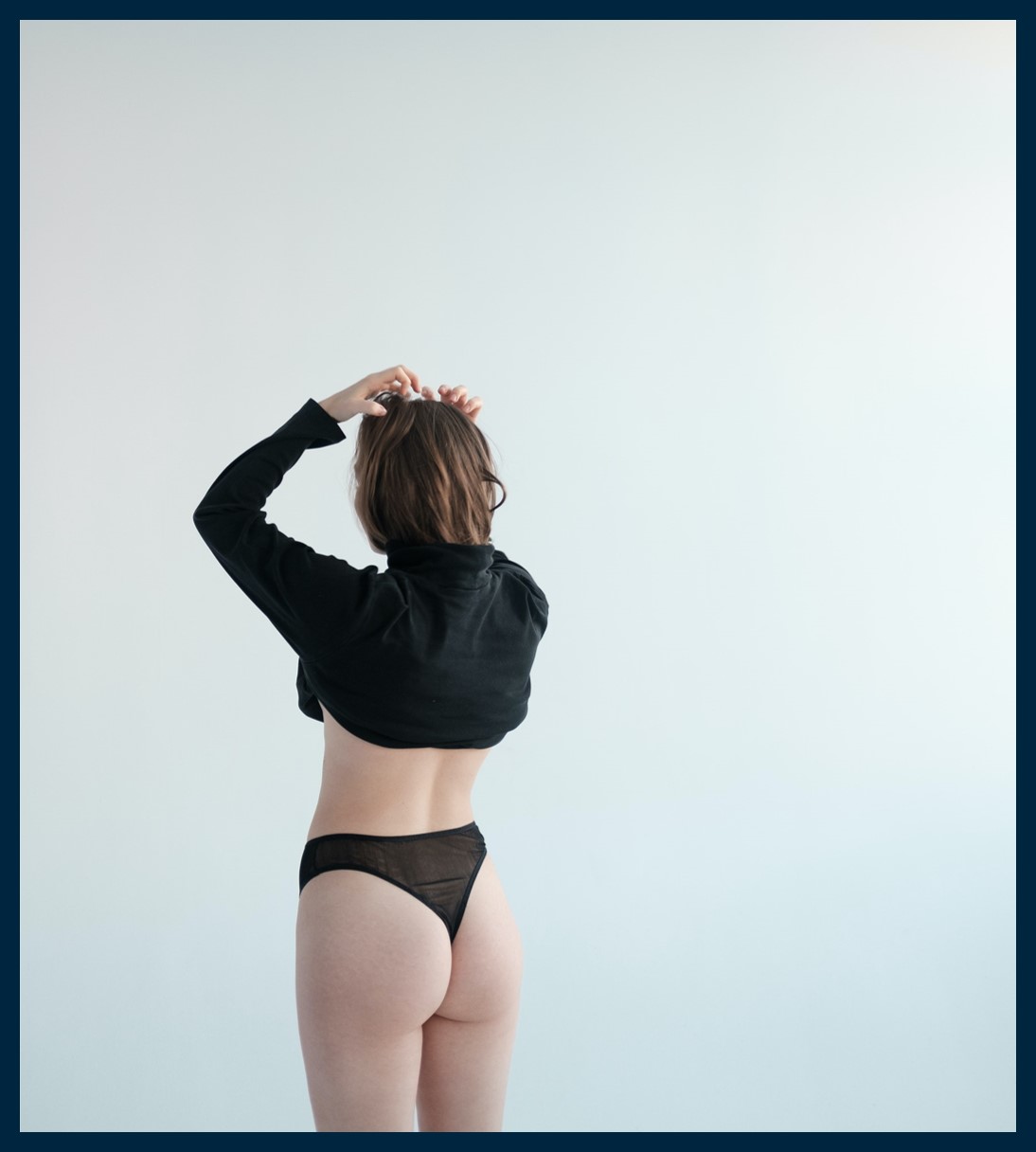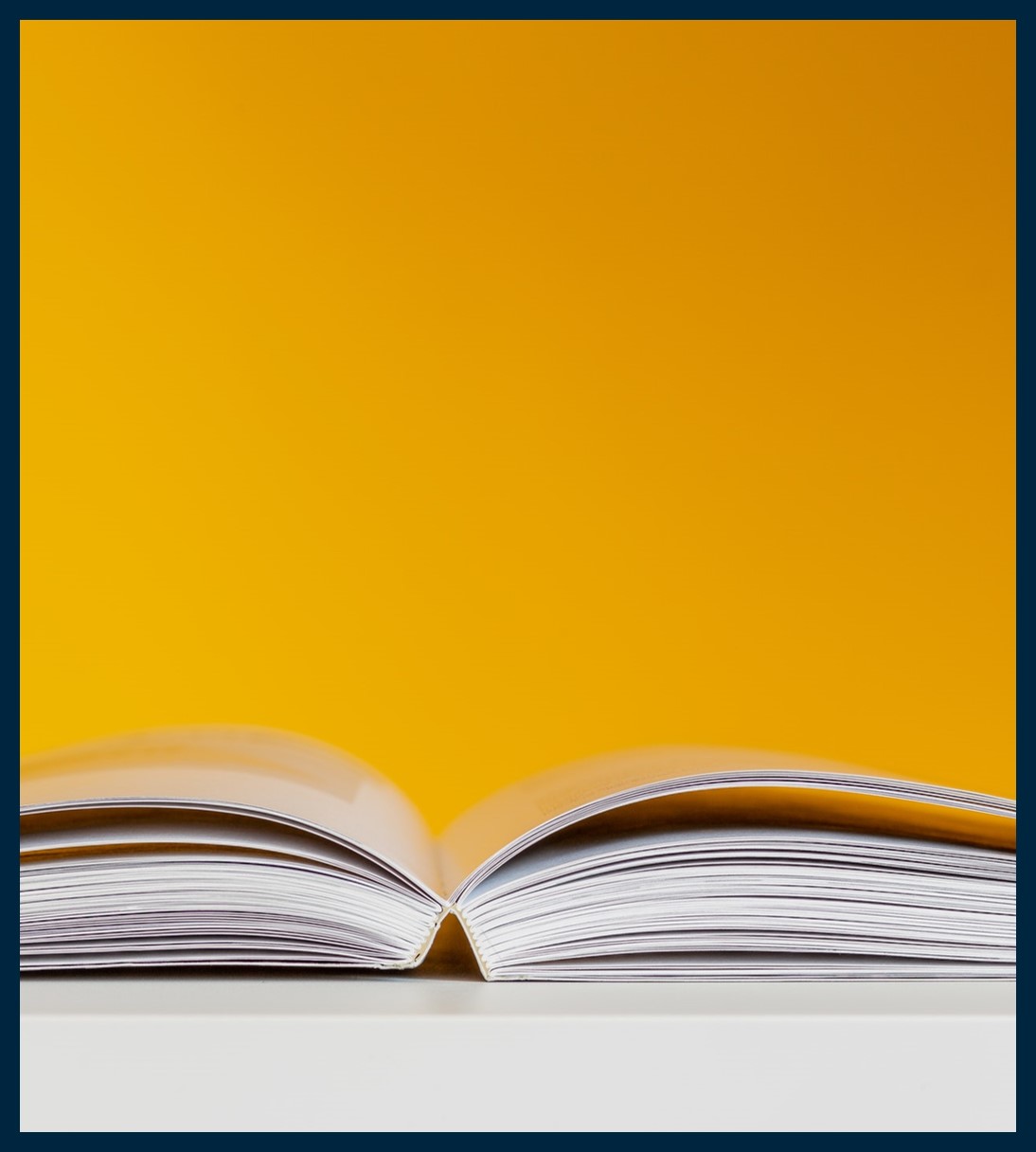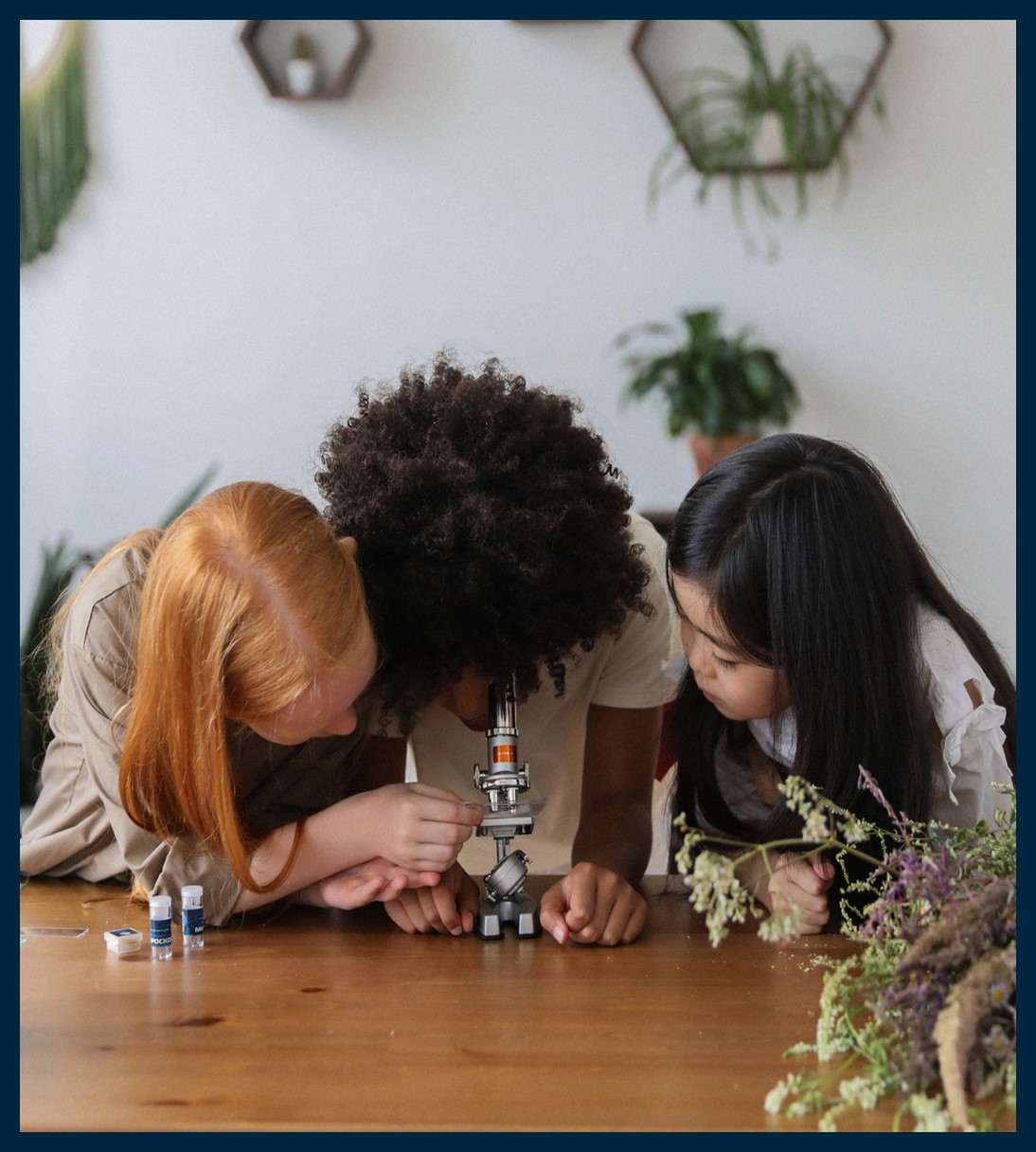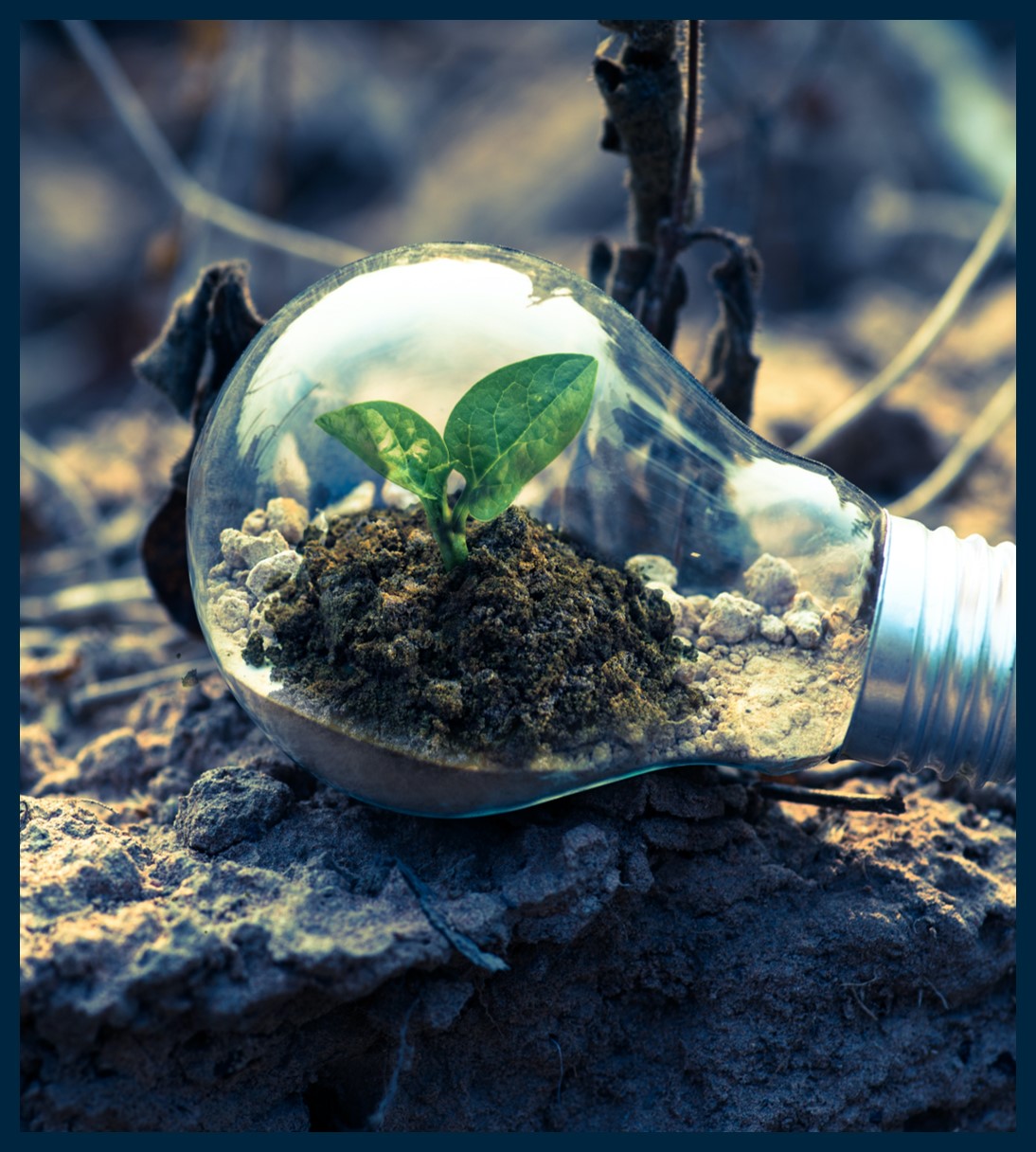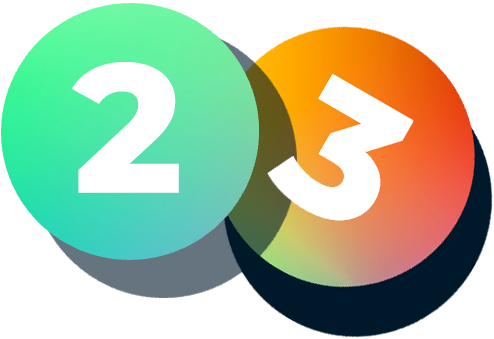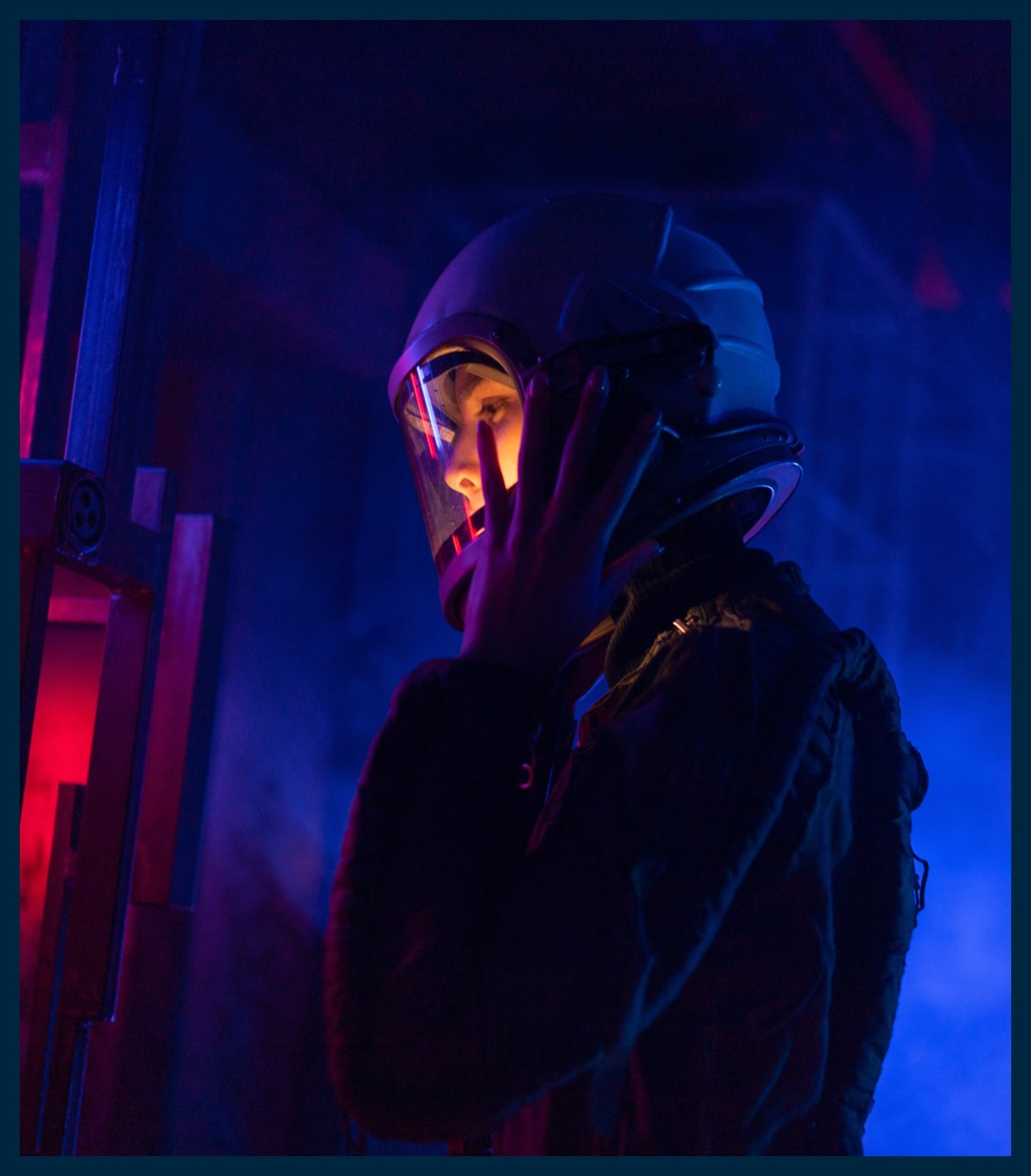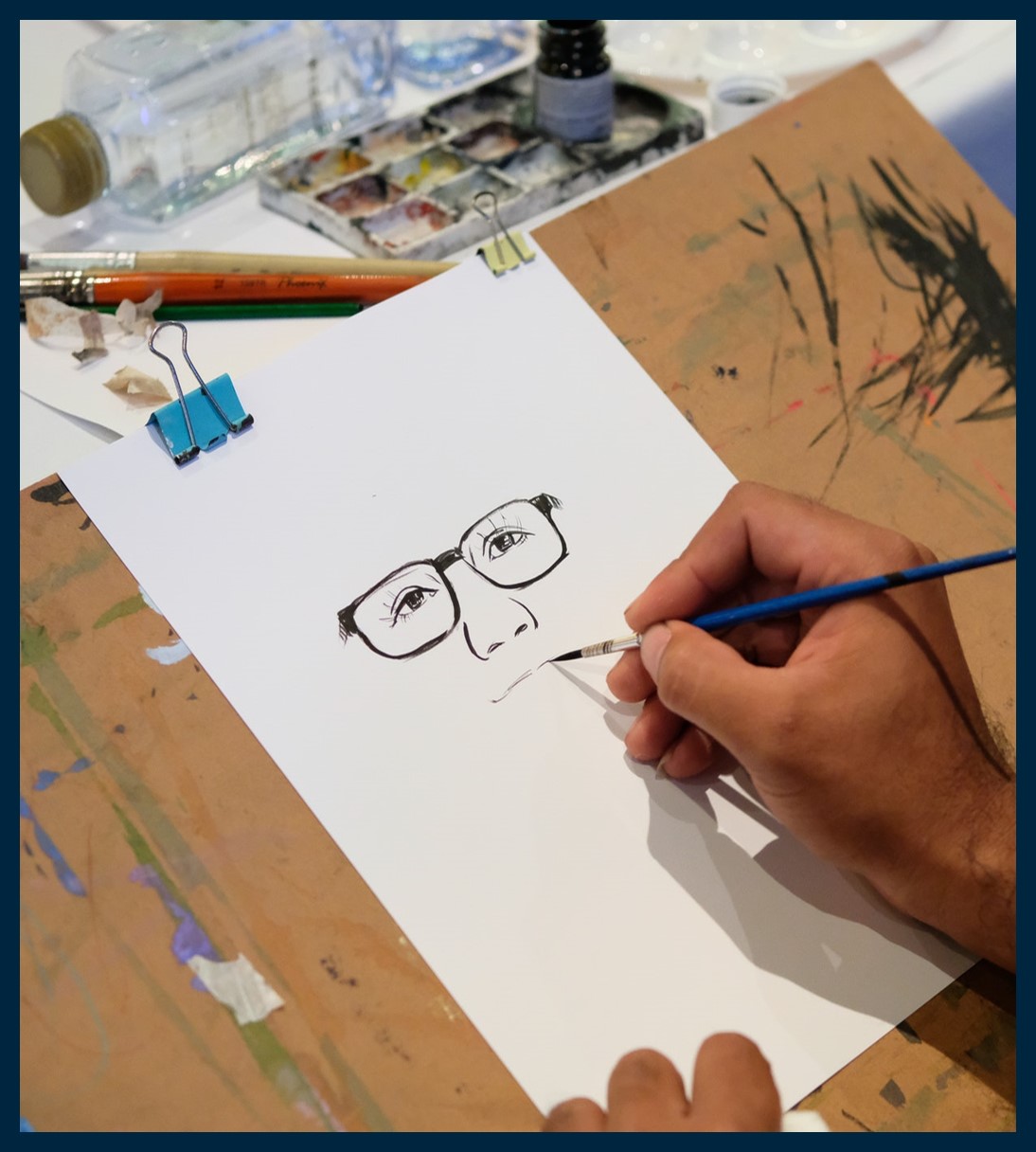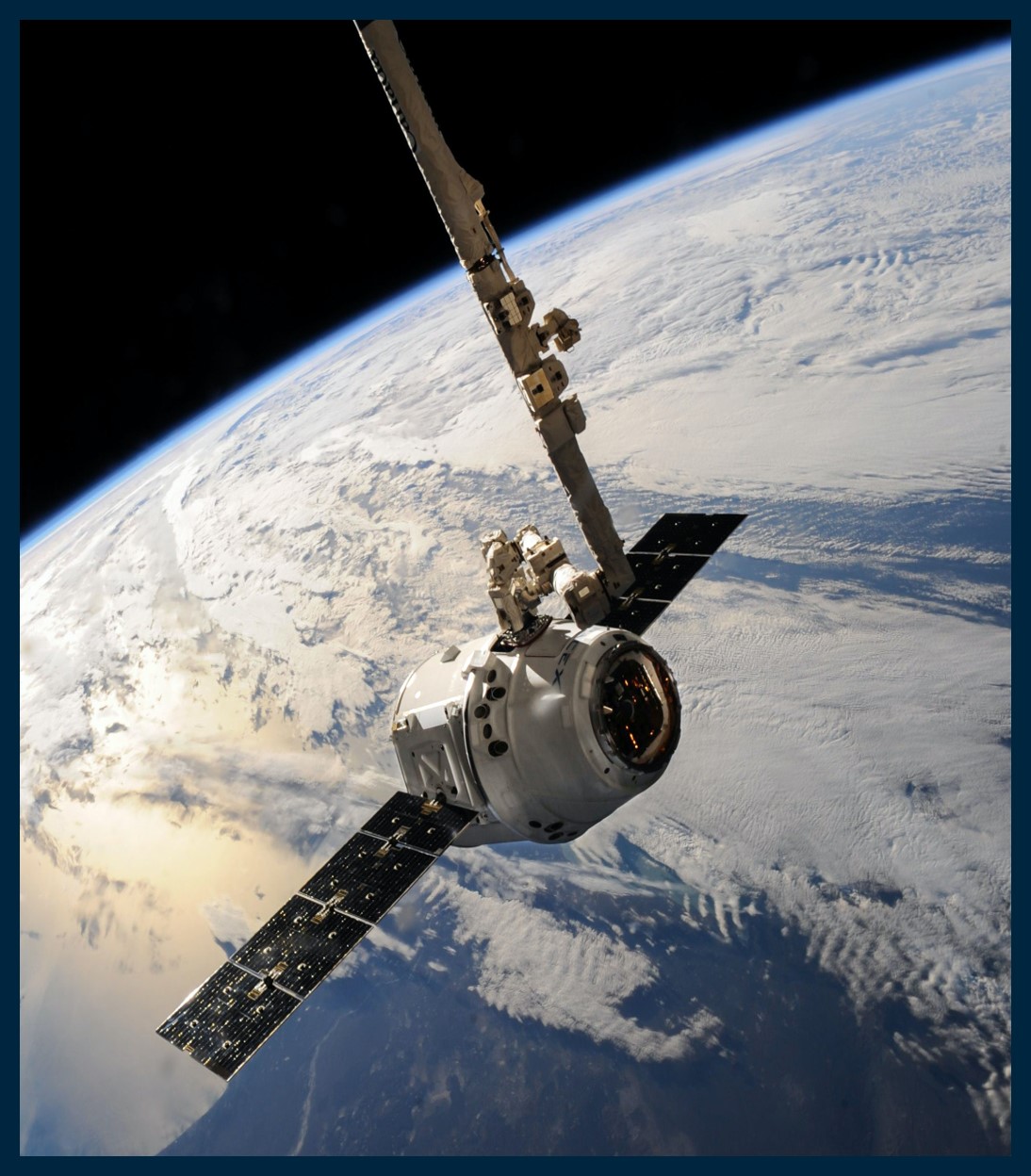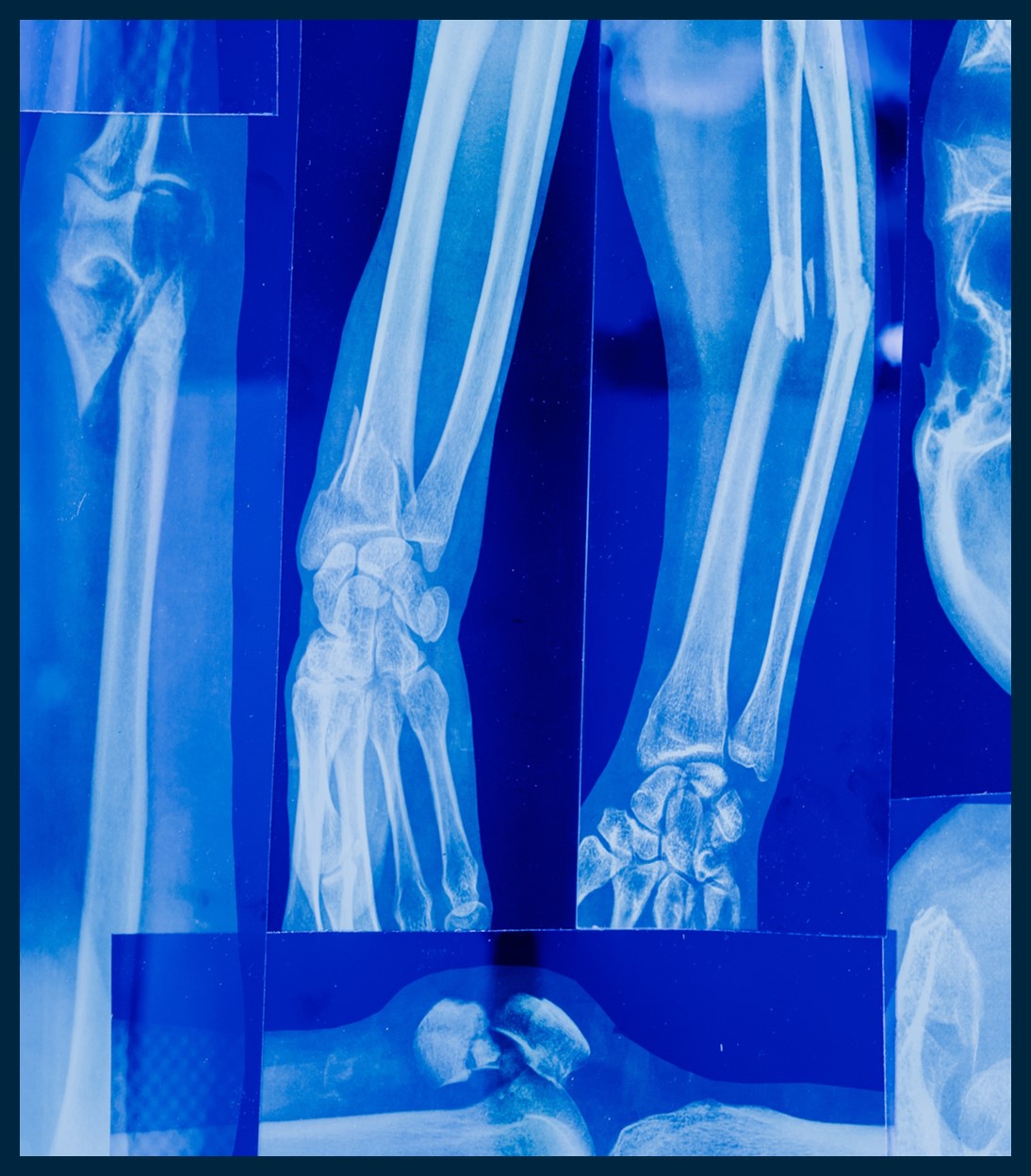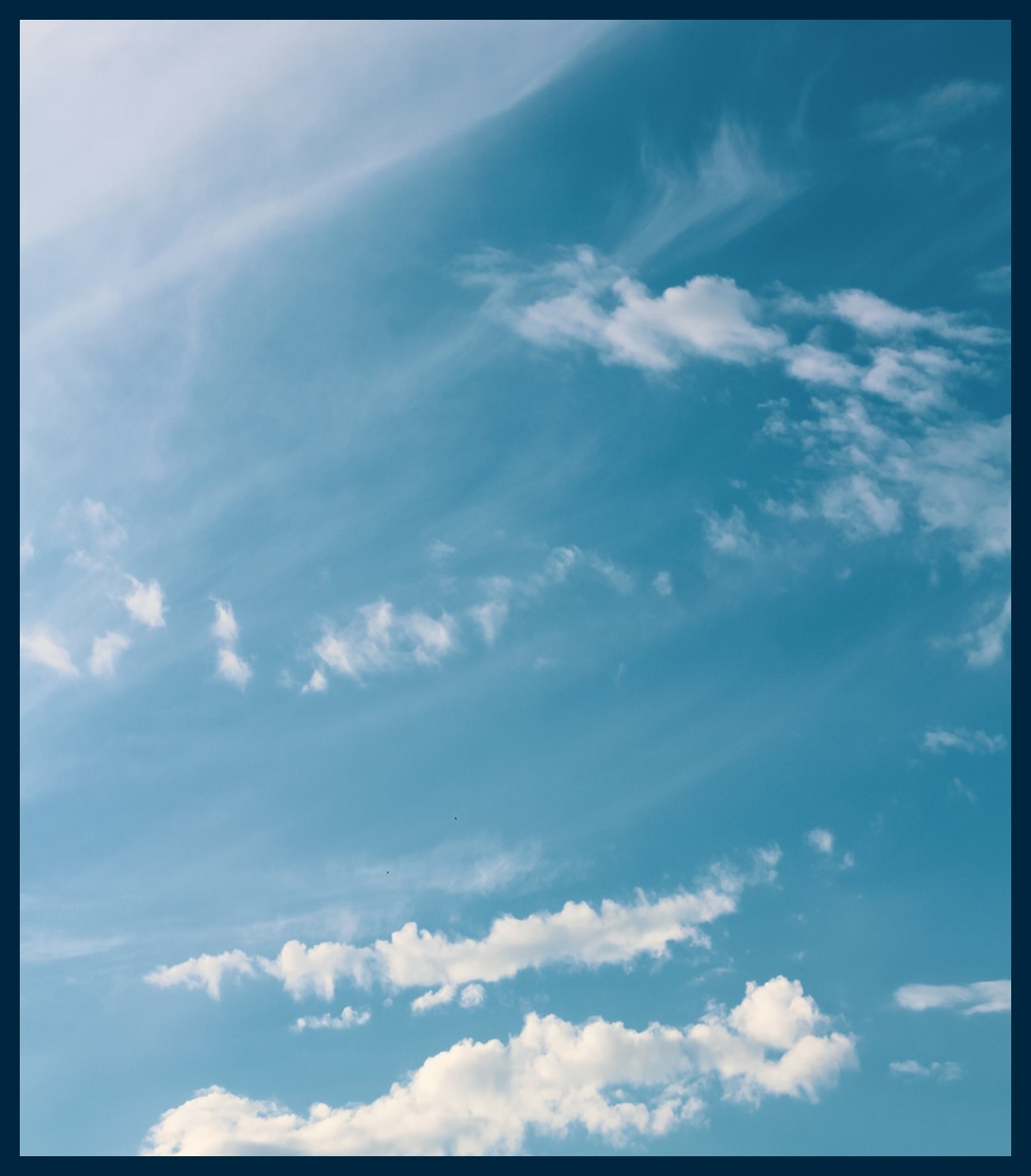
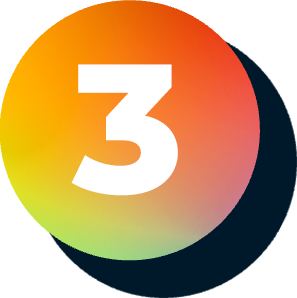
OUTPUT
Social impact
Aspire awe of what we don’t yet know.
Keywords: astrophotography, social impact, art as a way to communicate
Who?
Astrophotographer Jukka-Pekka Metsävainio, Oulu, Finland. His photos have been published in National Geographic, the Smithsonian Institute and museum, NASA and Wired.
What?
The astrophotographer’s goal is to capture beauty.
Metsävainio’s panoramic photo of the Milky Way consists of hundreds of photos, shows over 20 million stars and covers 125 degrees of the sky cover. The photos were taken over 12 years. Currently, it is the most large-scale photo of the Milky Way galaxy. The photo is also a piece of art. Metsävainio is an artist by education, but self-taught in astrophotography and he has developed new techniques himself to get better photos. The colors in his photos are based on the colors that elementals emanate. But his goal is still to capture beauty.
Why?
Metsävainio’s photos are a way of making people more aware of what it is like in space. The point lies in the ways we can raise interest in specific fields. The naked eye cannot even imagine the true appearance of the Milky Way, but Metsävaino has been able to prove and capture this beauty with photographic skills.
Results
Astrophotographer Jukka-Pekka Metsävainio’s photographs of the Milky Way and space have gained international fame. The photos are incredibly detailed and high-resolution. This case has awoken engaging questions about the unexplored sides of the universe. This case is one of the greatest examples of how much power visuality has on our comprehension especially on large scale phenomenon.
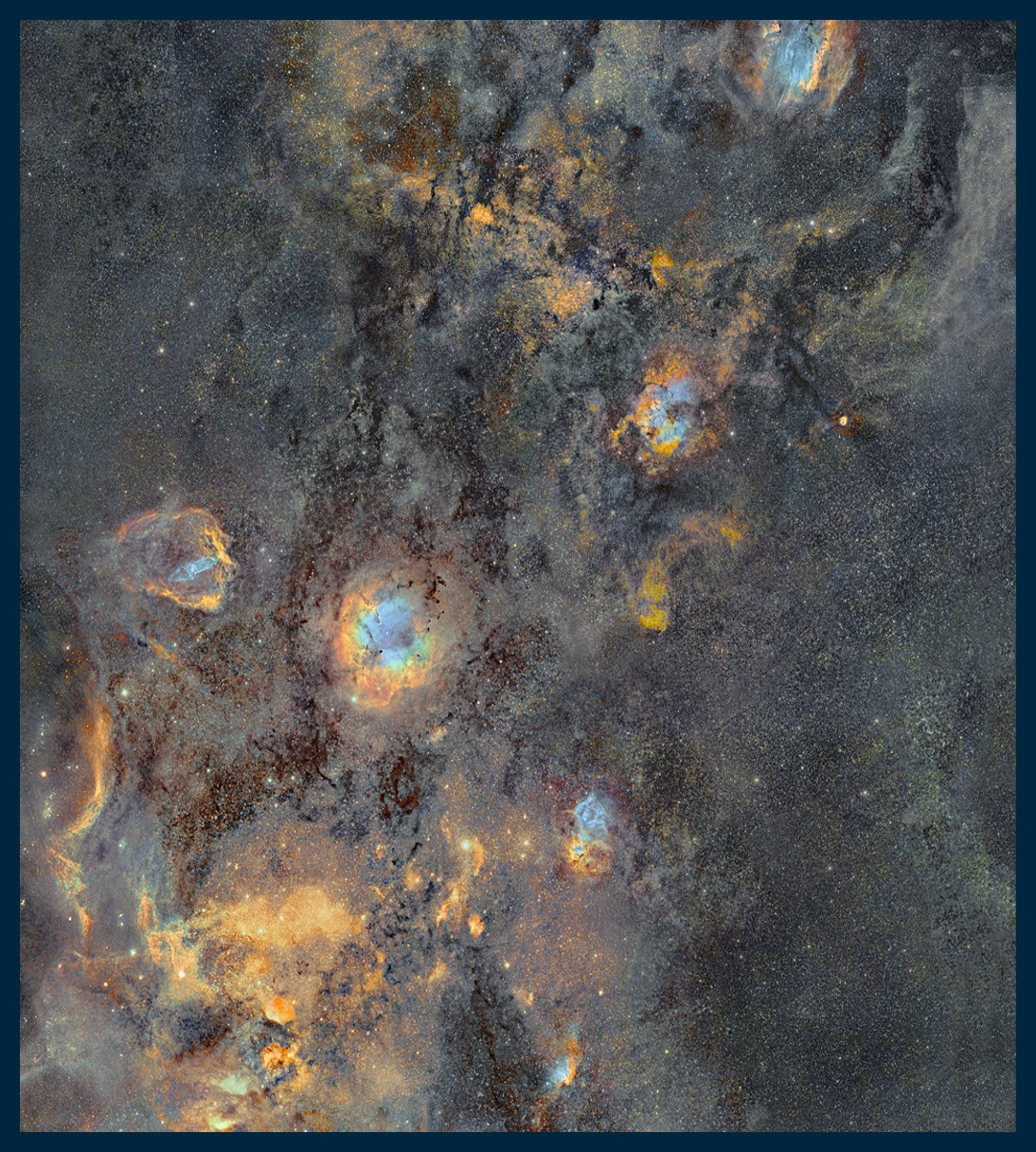
Metsävainio is a visual artist, not an astronomer. He did not wait 12 years for this work to be finished. He published independent samples as their own work, and gradually filmed the gap between these samples. He had planned the final result beforehand; The angles and composition had to be considered well in advance because they cannot be changed afterwards.
Technology is an artist’s tool. Taking long exposure times requires equipment that makes the camera follow the stars. Metsävainio has assembled his own equipment. “It’s a terrible-looking tune-up,” said Metsävainio. The axis of the German-made pedestal is parallel to the Earth’s axis. Basically, it’s a backward-rotating clock that keeps the camera pointing closely at the same spot in the constellation.
Sources
Metsavainio, J., 2022. Astro Anarchy. [online] Astroanarchy.blogspot.com. Available at: https://astroanarchy.blogspot.com/ [Accessed 18 March 2022].
Metsävainio, J., 2022. Astro Anarchy. [online] Astro Anarchy. Available at: https://astroanarchy.zenfolio.com/ [Accessed 18 March 2022].
Paukku, T., 2021. Oululaisen tähtikuvaajan tarkka otos Linnunradasta ihastuttaa ympäri maailmaa: ”Haluan näyttää, kuinka upea maailmamme todella on”. [online] Helsingin Sanomat. Available at: https://www.hs.fi/tiede/art-2000007899693.html [Accessed 18 March 2022].
